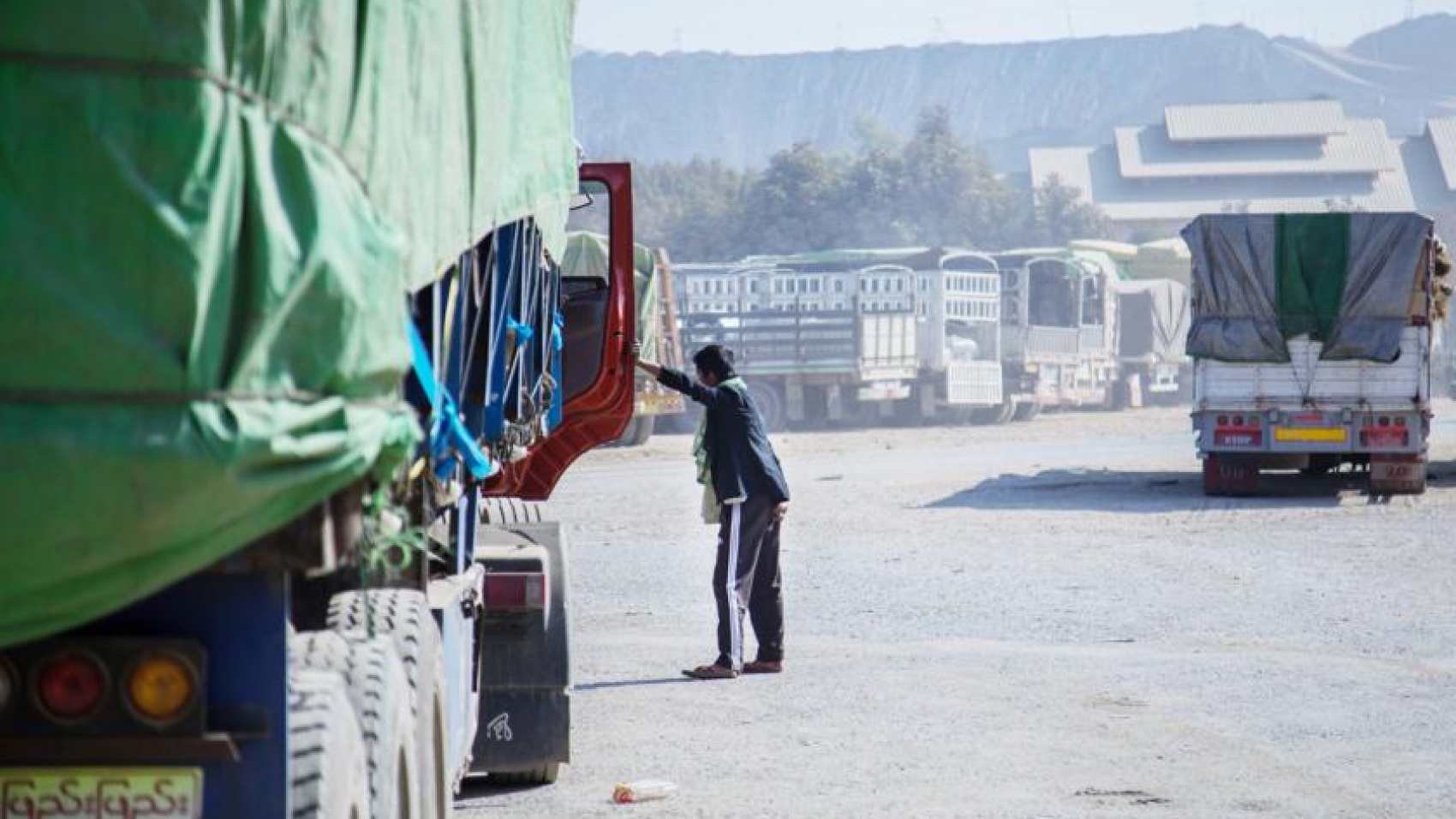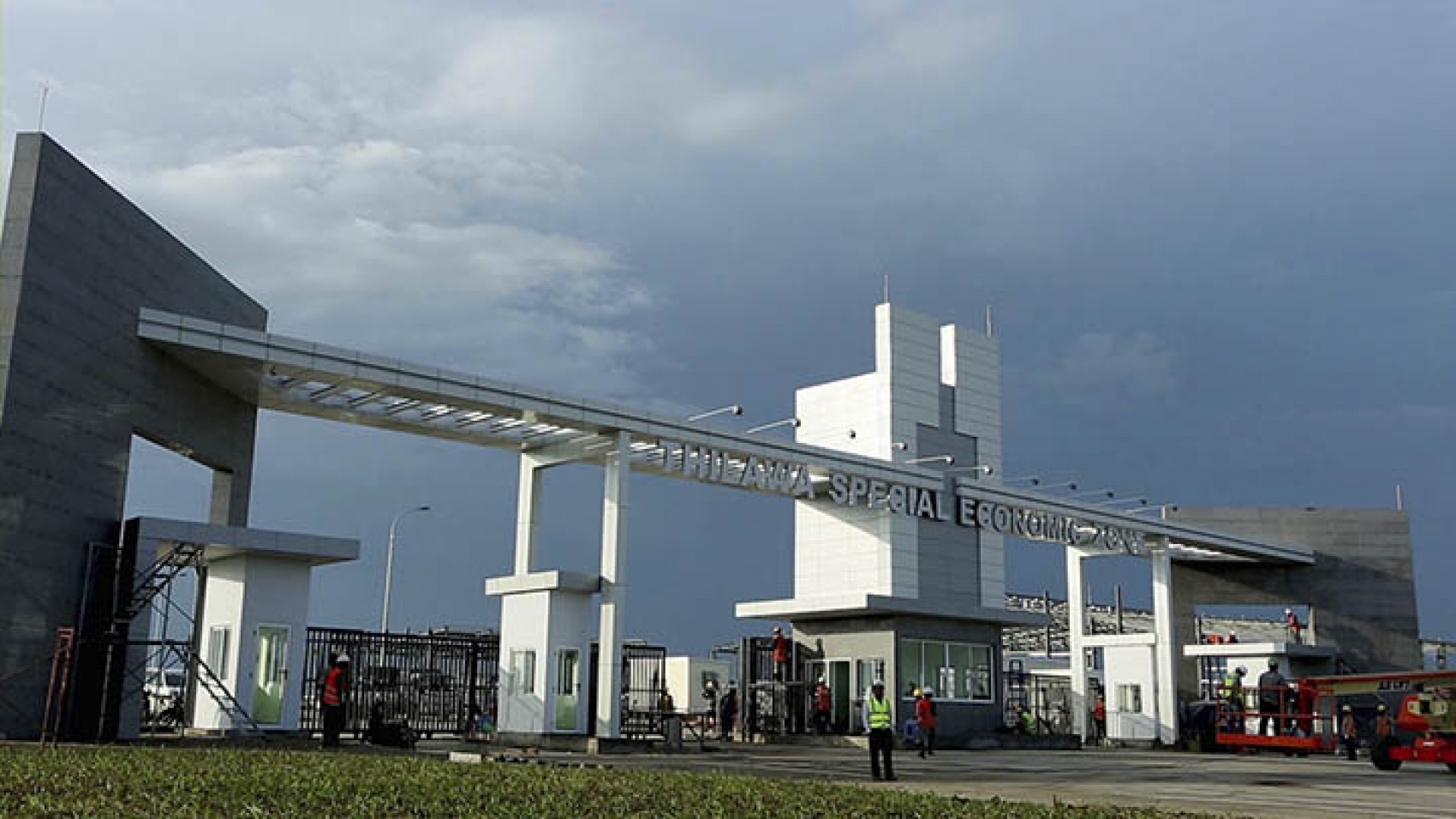Thousands of trucks on both sides of the border have been stranded due to China’s strict regulations at the Kyinsan-Kyawt Gate, an official gateway to Myanmar-China trade, and prices have fallen by more than half from last year due to delays in the flow of other goods, including 450 perishable mango trucks. Sai Khin Maung, vice-chairman of the Muse 105 Mile Fruit and Vegetable Commodity Exchange, said that mango trucks imported from Myanmar to China are currently facing delays in the quality of mangoes due to delays in entering China. Currently, it is ripened due to delays on the road. In fact, within two days of delivery, they can still get at most three days of convenient fruit. Now, four or five days later, the quality is down and out of stock. About 450 vehicles were stranded on Pansai Road. Today, about 70 vehicles could not get off at the 105-mile orchard due to the lack of roads. Due to this delay, the price of mangoes in the mango market is between 10 yuan and 50 yuan per hint. A Sein-ta-lone mango costs between 25 and 70 yuan, and a mango truck costs 1,900 kyats from Mandalay to China’s Wanding Orchard.
Last year, despite the outbreak of COVID-19 disease, a sein-ta-lone mango fetched more than 100 yuan per mango, and a gold mango costs more than 100 yuan. This year, fruit trucks have been delayed due to delays in arriving at the Wanding orchard. According to Daw Nwe Nway of the Lin Tun Fruit Festival, the price of mangoes imported from Myanmar to China is falling due to better mango production in China than last year. It took four or five days to enter the Wanding Fruit Market, but the quality of the mangoes was declining and the price was not high. Another thing is that China produces a lot of mangoes this year. Depending on the quality, a hint of gold costs between 10 and 50 yuan. A diamond mango costs between 25 and 70 yuan. The mango truck fare is 1,600 kyats from Mandalay to 300 kyats per truck from Wanding Orchard in China, 105 miles from Muse.
The total cost of medical examination and spraying is 1,900 kyats. Tens of thousands of trucks are now congested at the Qingxuan Gate due to strict Chinese regulations, and queues for between seven and 10 days have been delayed and freight has been delayed. There is a delay because fruit trucks have to miss the nearest exit, Kyin San Kyaw Road. People can only enter from Pansai. In Pansai, there are a lot of cars and raw materials are not given priority over dry goods. It’s like going on par with dry goods. There are many losses. Farmers will have to export harvested plants. People should come and inquire about the condition of the road. At present, the Chinese side is using the Covid disease as a pretext for border trade between Myanmar and China. Myanmar-Chinese import vehicles have been congested at the entrance to Kyin San Kyaw Gate since mid-February, when gates such as the Royal Gate, Naungdaung Gate and Chin Shwe Gate were closed. Recently, the Chinese side tightened inspections at Kyin San Kyawt Gate due to Covid disease, causing delays in exporting Myanmar watermelons and returning to Myanmar, which was delayed due to poor management by the Myanmar side.
Source: Daily Eleven


